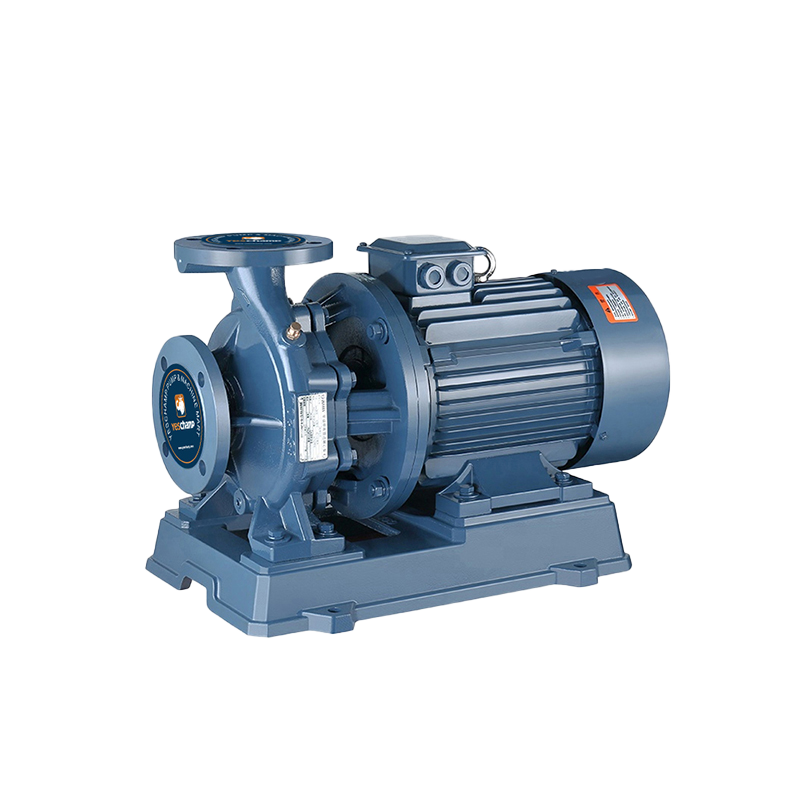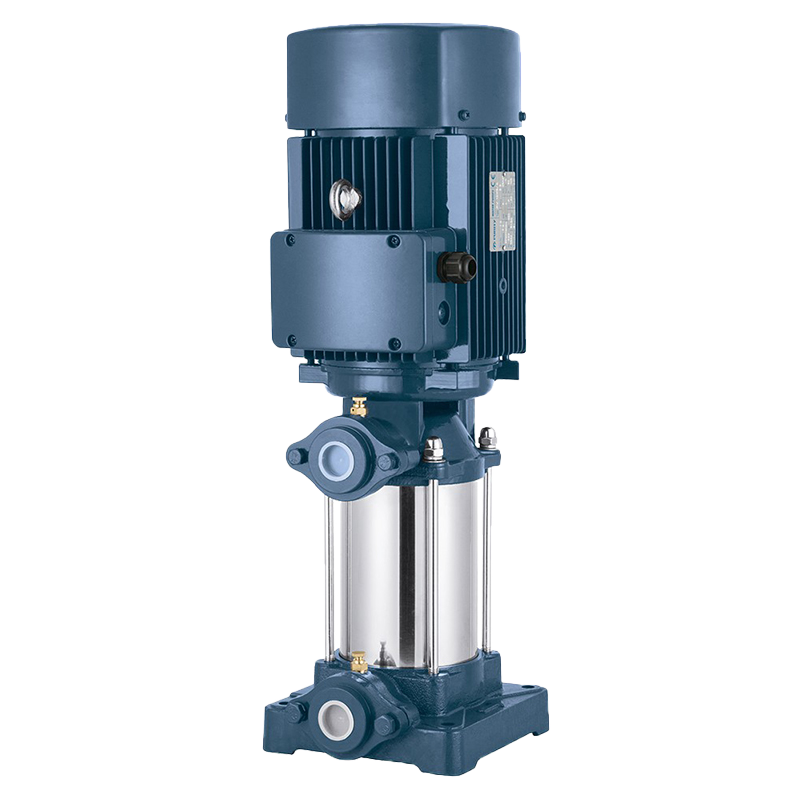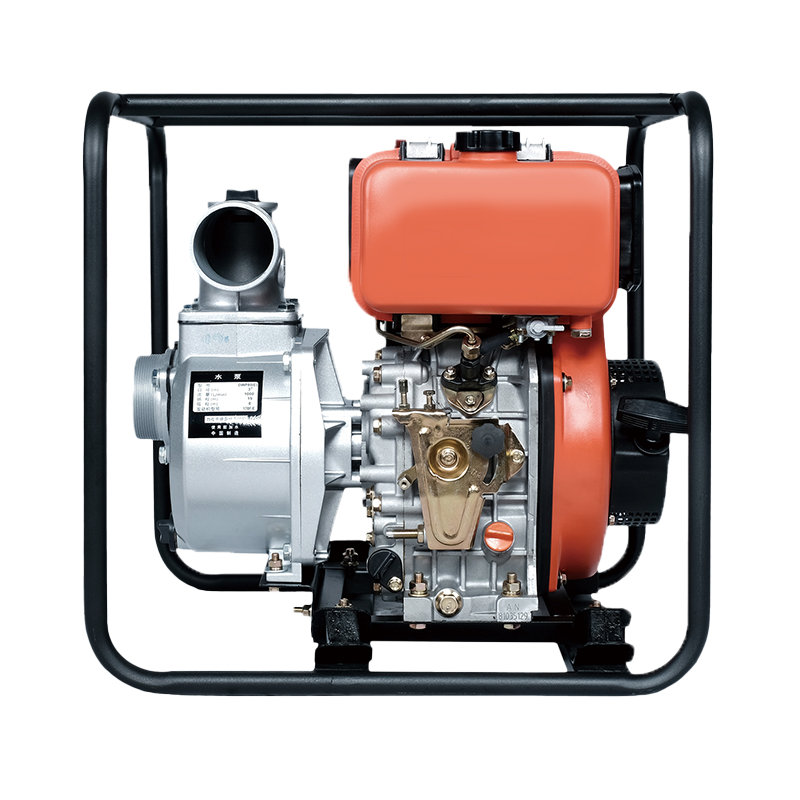A diesel fire pump is essential in case of a building emergency. Its rated flow and pressure are the two maximums that must be reached by a pump. Although most insurers will prefer to use a higher pressure or flow rate, some authorities will accept a lower rated value. Nevertheless, it is essential to know what to expect from the fire pump and when it needs to be repaired. Here are the steps to test the diesel fire pump in a building emergency.
First, the engine needs to be running. The fuel should be No. 2 diesel fuel. The sensing lines must be installed per NFPA 20 and the cylinder bed must be free of copper or galvanized piping. The manufacturer of the fire pump should send a representative with a volt/amp meter, a tachometer, and calibrated gauges for a thorough inspection of the pump. It should be scheduled with the representative of the engine and controller. It should be installed by an authorized diesel technician.
Once the fire pump has been installed, it needs to be tested. Ensure that the engine is properly sized for the load that the pump will be placed on. If the driver is too small for the load, the engine will not function correctly. It is important to test the engine to determine its capacity and performance. The fuel gauge must be calibrated and the driver must be checked regularly. Using a certified factory test curve is helpful in determining whether the diesel fire pump is the right one for a building emergency.
During a typical fire pump operation, a system will run for 30 hours or less each year. This means that it is essential to refuel the diesel fire pump when necessary. However, never allow the fuel tank to run below two-thirds capacity. Not refueling a diesel fire pumps engine at least once a year will ensure that the engine will be able to handle the full load that the pump is put through.
The fuel for the diesel fire pump should be matched with the engine's rated duty point. It must be matched to the COR in order to meet the minimum requirements. In addition, the pump should be installed according to the manufacturer's specifications. In case the diesel fire pump is not working properly, the fire department should consult the manufacturer to have it inspected. Its rated duty point should be at least 150% of the rated duty point.
During a fire, a diesel fire pump should be serviced every year. The tank should be filled with fuel at least two-thirds capacity to avoid a stale engine. Refueling is required to ensure that the engine will be able to run at full load. Without a proper refueling schedule, the fuel could run out before the pump can be fully operational. You can also check the performance of the hydraulic parts.
The fuel used by a diesel fire pump should be fresh and clean. The tank should not be too full. The tank should be at least two-thirds full. If it is too low, the engine may not be able to function correctly. A good quality oil can prevent the engine from overheating. The temperature of the diesel fire pump will determine how well it can be operated. It is essential that the drivers are sized for the type of load being handled by the pump.
The driver of a diesel fire pump must be properly sized to meet the full-duty-point of the pump. If it is too low, the driver will not be able to pump the liquid. The driver should be properly sized for the duty point. The rated flow and pressure should not fall below two-thirds of the tank. It should also have a fuel tank that can reach 150% duty point. It should also be able to operate at maximum capacity for the entire time of its operating cycle.
The driver of a diesel fire pump must meet the demands of the pump. This is a key requirement to ensure the proper operation of the pump. An automatic timer must be used to start the pump. The control should be able to record the pressure drop on the controller. The water supply information should be updated every twelve months to make sure the fire pump is suitable for the area. Its sizing should be determined according to the requirements of the building.
 English
English عربى
عربى
 Fire Pump and System
Fire Pump and System Split Case Pump
Split Case Pump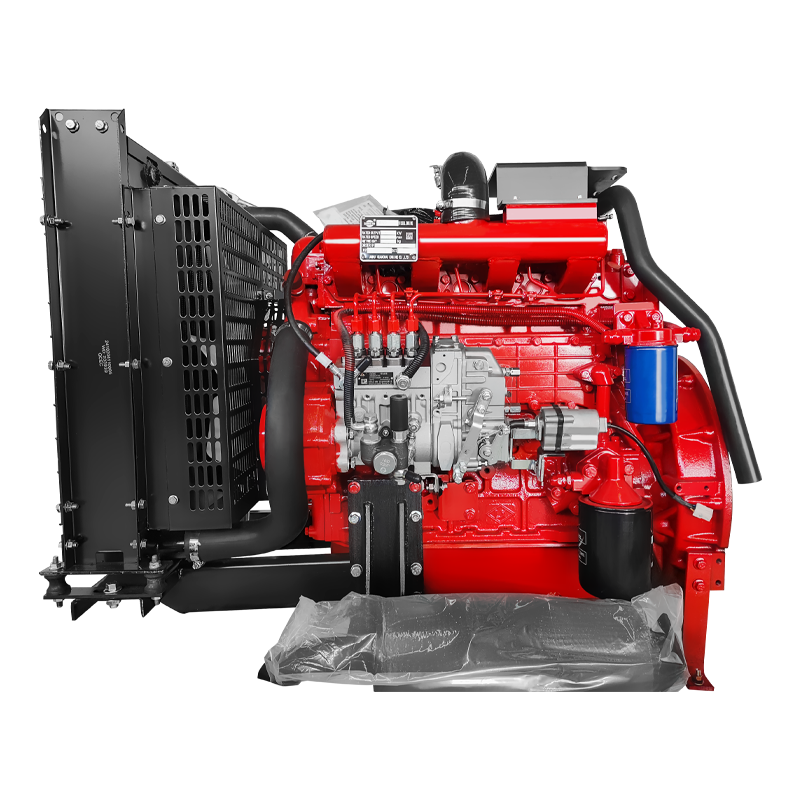 Engine and Pump
Engine and Pump Long Shaft Pump
Long Shaft Pump Multistage pump
Multistage pump Water Supplier System
Water Supplier System Sewage Pump
Sewage Pump Industrial Pump
Industrial Pump Self-Priming Pump
Self-Priming Pump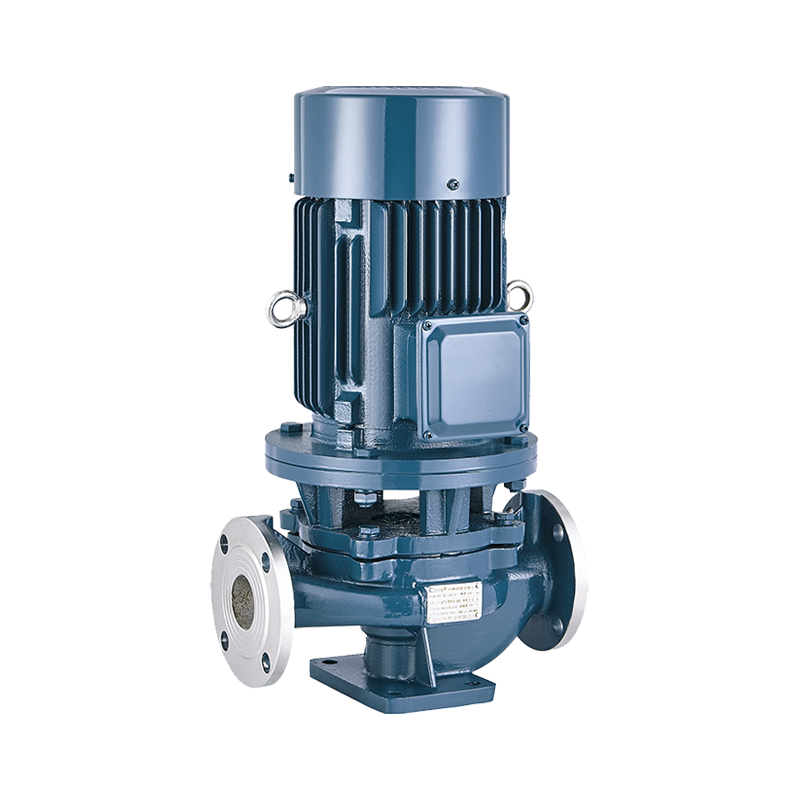 Inline Pump
Inline Pump Domestic Pump
Domestic Pump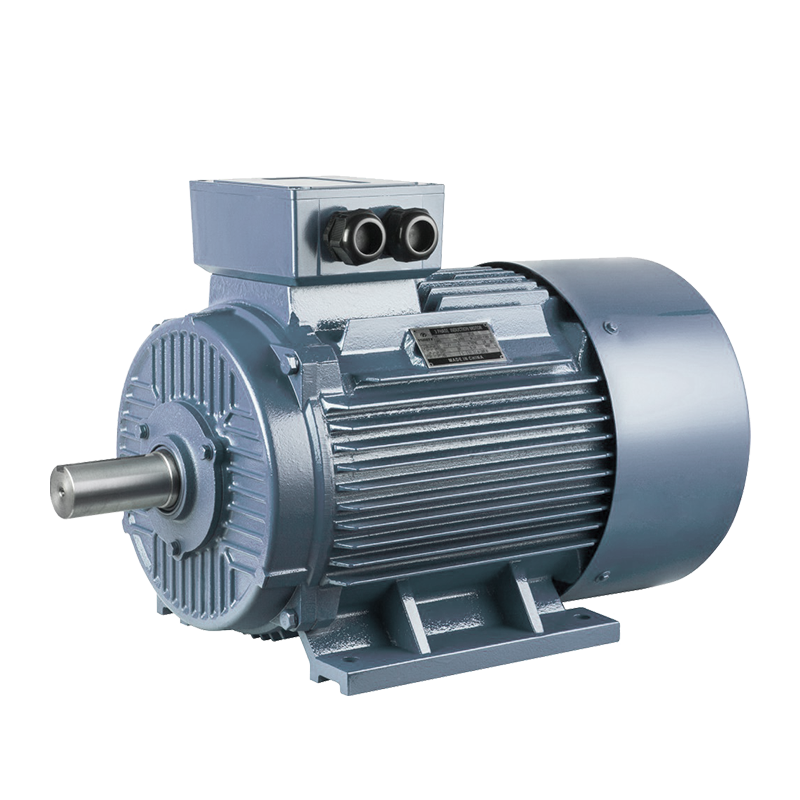 Electric Motor
Electric Motor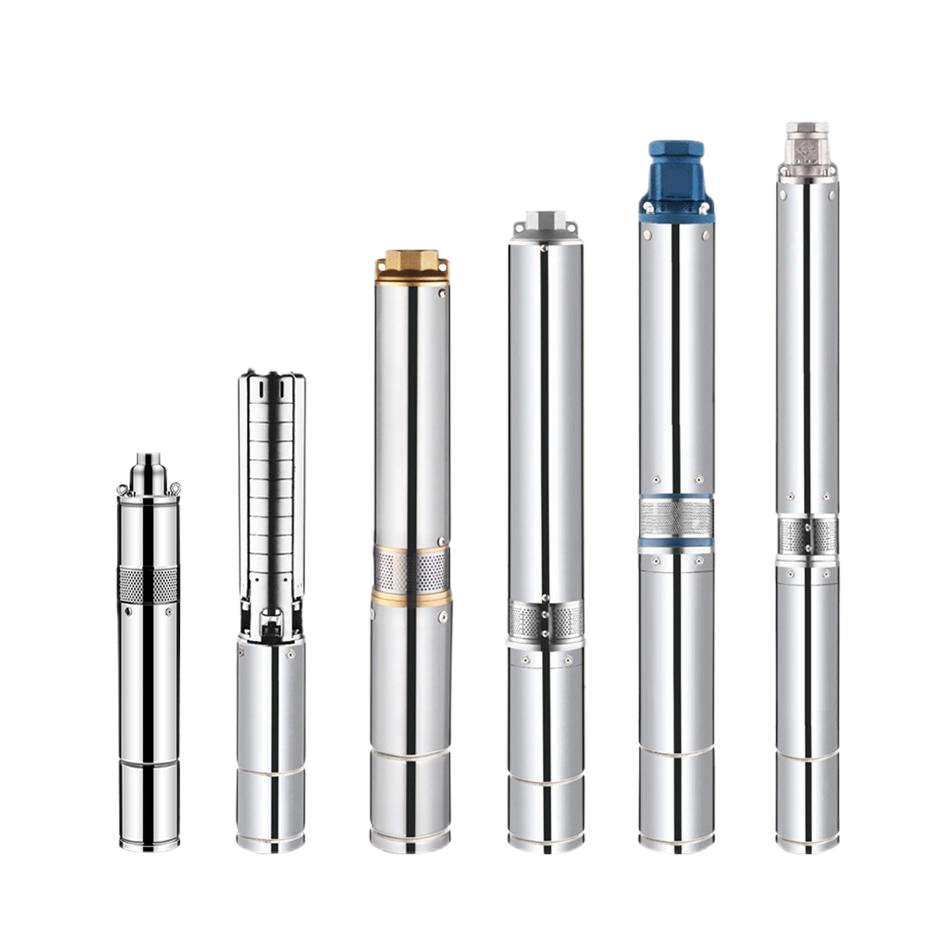 Borehole Pump
Borehole Pump

